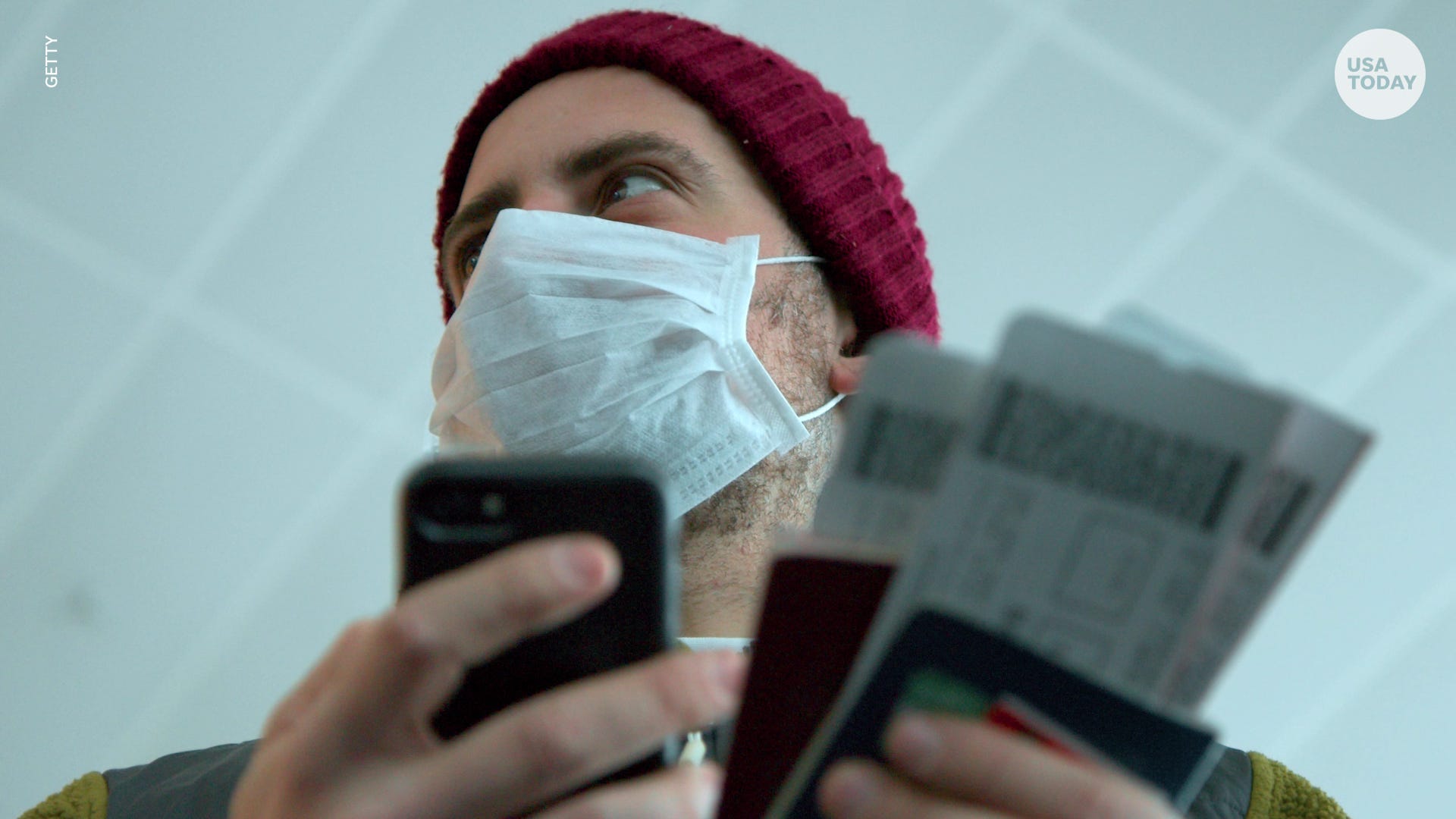Ask the Captain: How do you land a plane in rapidly changing crosswinds?

How do you manage to land in the middle of the runway with rapidly varying crosswinds?
– a1fix_it1, Canada
During crosswinds, you control the track of the airplane by adjusting the heading, this is known as crabbing.
As the airplane nears touchdown, the pilot usually will apply rudder to swing the nose to near the runway heading. Once the crab is reduced and the nose swings, the airplane will begins to drift toward the downwind side of the runway. For this reason, many pilot will line up on the upwind side for the runway, allowing that drift to put them near the centerline at touchdown.
Maintaining centerline track takes experience, but professional pilots do it frequently.
Most aircraft stow their landing gear entirely when it's not in use – but not the Boeing 737. Why not?
– Brian Spiak, Orlando, Florida
When the Boeing 737 was designed in the mid-1960s, the engineers believed they could achieve nearly the same drag profile with the landing gear flush as when it was fully retracted into the well and covered by doors.
There are benefits by having the gear flush, such as fewer actuators and lower weight.
But each airplane is different, and engineers try to reduce drag as much as possible. Most other airplane designers found that having the gear fully inside a covered wheel well provided smoother airflow, hence less drag.
John Cox is a retired airline captain with US Airways and runs his own aviation safety consulting company, Safety Operating Systems.